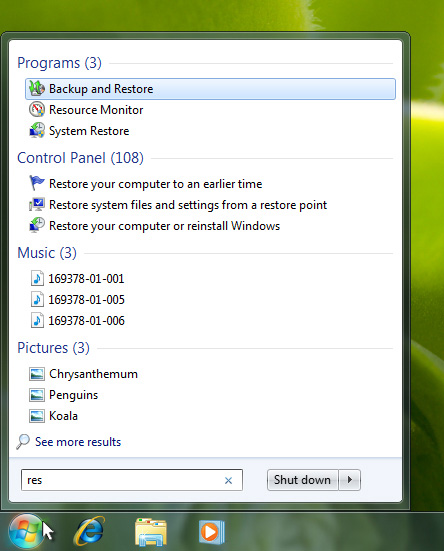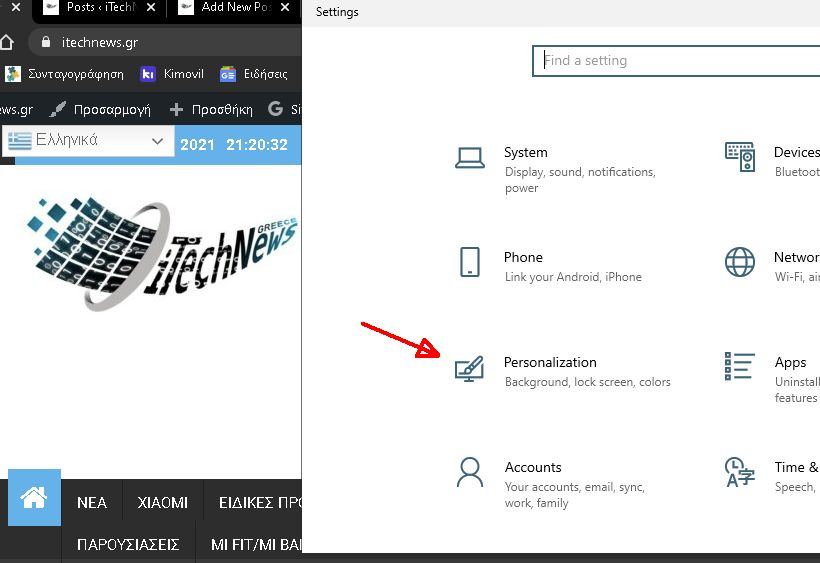

When you do so, a folder named Folder is created. These can appear only in the Pinned area, as you might expect, and creating a folder works as before: just drag an app icon onto another app icon within Pinned. Microsoft has also added (back) support for folders in the Start menu. To do so, right-click the Recommended title and choose “Refresh” from the context menu that appears.
RECENT MENU WINDOWS WINDOWS 10
Tip: Start does a pretty good job of keeping the Recommended area up to date, but Windows 10 version 22H2 lets you refresh it just in case. Previously, this only worked from All apps. Tip: If you want to pin an app to the taskbar from the Start menu, you can now do so from Pinned. But it is, at least, a step in the right direction. No, this isn’t the sophistication I was hoping for, and it doesn’t completely address my criticisms. But it does provide a new layout interface in Start settings (Settings > Personalization > Start) that lets you choose between three layouts: More pins (in which the Pinned area gets more rows of icons, and Recommendations gets less), Default (which works as did 21H2), and More recommendations (in which the Recommended area gets more rows of icons, and Pinned gets less). Windows 11 22H2 does not quite fix those issues. Instead, you would be left with a useful hole right in the middle of the Start menu. There was no way to hide the Pinned and/or Recommended areas, and if you removed enough icons from the Pinned area, the Recommended area would not auto-fill the empty space. But my biggest complaint was how unsophisticated it was in the initial release.

The problems with the Windows 11 Start menu are many.

Tip: Windows 11 does at least let you disable the display of recently-installed apps in Recommended. This new Start menu has two main interfaces-a Pinned area for app icons and a Recommended area that inexplicably combines recent documents and recently-installed apps-plus user account and power options, and secondary interfaces for All apps and more recommended items. Derived from its short-lived Windows 10X experiment, the Windows 11 Start menu is vastly simplified from the interface we had in Windows 10, and it loses some key interfaces, most notably live tiles, and some key capabilities. In the good news department, it does add several useful new features that I feel materially improve the Windows 11 experience and bring it closer in both quality and functionality to what we had every right to expect from the initial release.Īnyway, let’s start with, um, Start. I’ll save that determination for a coming review, but my current stance is that 22H2 only partially addresses the complaints about 21H2. The question is whether this refresh corrects those mistakes. I think it’s fair to say that the original version of Windows 11-version 21H2-was incomplete and inconsistent, and it arrived with major functional regressions and no truly compelling updates to its built-in apps.
RECENT MENU WINDOWS SERIES
With Windows 11 version 22H2 now complete, I’m starting a series examining the new features and functionality in this release.


 0 kommentar(er)
0 kommentar(er)
